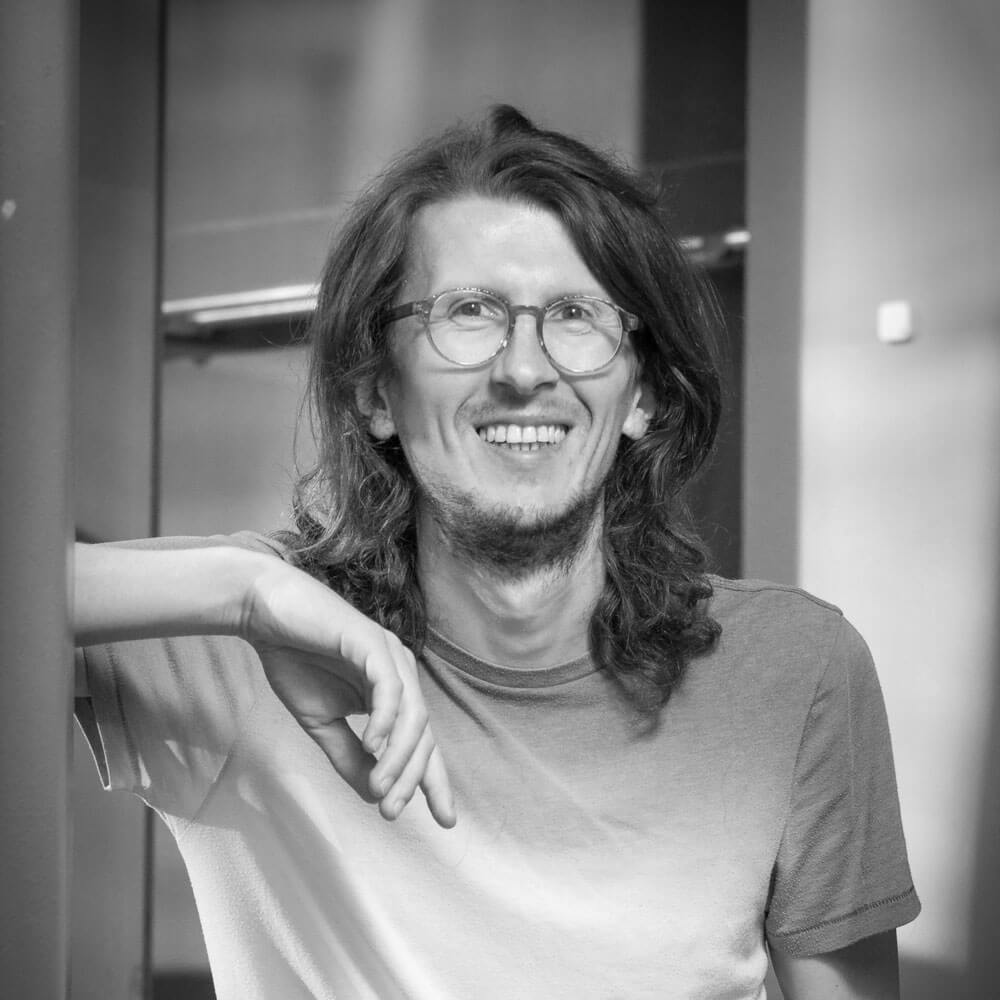Since the discovery of the deoxyribonucleic acid (DNA) structure, biotechnology has been one of the most dynamically progressing disciplines of biological sciences and a rapidly developing economic sector. According to one of the definitions, it refers to all technological applications of biological systems, living organisms and their derivatives for manufacturing or modifying a product or process for particular use.
The effect of biotechnology on the entire contemporary world enabling “writing” anew or even redesigning life – raises bioethical anxiety and controversy. No-one had thought that humanity would be able to change the genomes of organisms, including the human one. As much as no-one had thought that democratisation of this science and its going beyond laboratories would facilitate the biohacker movements, such disciplines as bioart, and change design forever, leading to biodesign. All these new movements and social phenomena build bridges and establish a social dialogue with biotechnology. The need for their existence comes from the lack of understanding of this technology by the public and therefore much anxiety and controversy – which lead artists and designers towards different thinking about biotechnology as a rescue for our distressed planet and people living in the era of Anthropocene. Biodesigners and bioartists, inspired by the lab methods of creating and searching for new biomaterials, application of biomimicry, light-generating living organisms, are able to stir the public opinion and join scientists in plotting a new direction of development for our civilisation leading us out of the Anthropocene and towards the protection of our biosphere.
Keywords: bioart, biohacker, biodesign, biotechnology, DNA – deoxyribonucleic acid, Anthropocene

